In this informative guide, you’ll discover essential insights on sizing your bio digester for optimal household waste management.
Gain valuable knowledge on the benefits of proper sizing, ensuring efficient operation and maximum effectiveness.
Explore key factors to consider during the installation process, empowering you to make informed decisions for a sustainable and eco-friendly solution to waste disposal needs.
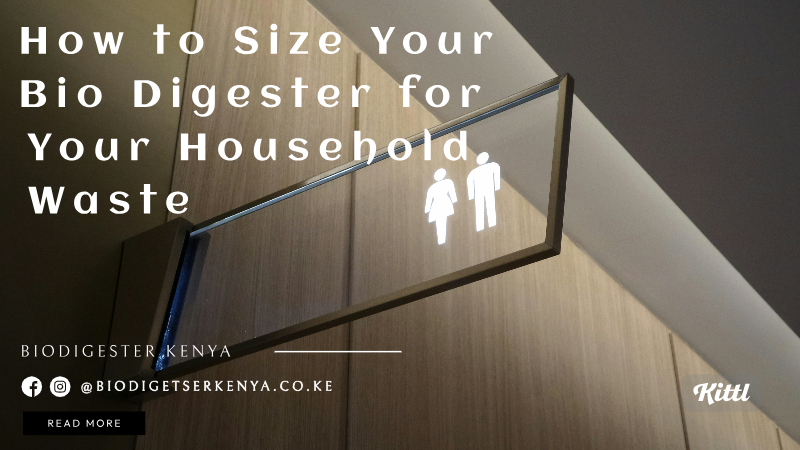
Introduction
Bio digesters offer an eco-friendly and efficient solution for managing household waste, converting organic matter into biogas and nutrient-rich fertilizer.
However, to ensure optimal performance, it’s crucial to size your bio digester correctly based on your household’s waste generation rate, available space, and other factors.
In this guide, we’ll explore the process of sizing a bio digester for your household waste and discuss the key considerations to keep in mind.
Understanding Bio Digesters
What is a Bio Digester?
A bio digester is a waste management system that utilizes anaerobic digestion to break down organic waste material in the absence of oxygen.
This process produces biogas, a renewable energy source, and nutrient-rich effluent that can be used as organic fertilizer.
How Do Bio Digesters Work?
Bio digesters operate through a series of biological and chemical processes, where microorganisms break down organic waste material, releasing methane and carbon dioxide gases.
These gases can then be captured and used as a renewable energy source, while the remaining effluent can be used to fertilize crops or gardens.
Importance of Proper Sizing
Properly sizing your bio digester is essential for maximizing its efficiency and effectiveness.
Waste Generation Rate
Estimate the daily waste production of your household by measuring the amount of waste generated over a set period of time, such as a week or a month.
Retention Time
Retention time refers to the amount of time that organic waste material remains in the bio digester before being removed. It depends on factors such as the type of waste and the temperature of the digester.
Biogas Production
Calculate the expected biogas production of your bio digester based on factors such as the type and quantity of organic waste, the retention time, and the temperature of the digester.
Digestion Volume
Based on the waste generation rate, retention time, and biogas production, calculate the necessary volume of your bio digester to ensure efficient operation.
Factors to Consider
Various factors should be taken into account when sizing a bio digester for household waste.
Types of Organic Waste
Different types of organic waste have different degradation rates, which can impact the performance of your bio digester.
Available Space
Consider the available space on your property for installing a bio digester. Depending on the size and type of system you choose, you may need anywhere from a few square feet to several square meters of space.
Climate Conditions
Climate conditions can also impact the performance of your bio digester. For example, colder temperatures may slow down the digestion process, while hotter temperatures may speed it up.
Future Expansion
Consider any potential future expansions or changes to your household that may impact your waste generation.
Calculating Bio Digester Size
Once you’ve gathered the necessary information, you can begin the process of calculating the size of your bio digester.
Waste Production Assessment
Estimate the daily waste production of your household based on the factors discussed earlier.
Retention Time Calculation
Determine the appropriate retention time for your bio digester based on the type of waste and the desired biogas production.
Biogas Potential Estimation
Calculate the expected biogas production of your bio digester based on factors such as waste quantity and composition.
Sizing the Digester Volume
Based on the waste generation rate, retention time, and biogas production, calculate the necessary volume of your bio digester to ensure efficient operation.
Choosing the Right System
Several types of bio digesters are available, each with its own advantages and considerations.
Fixed-Dome Bio Digesters
Fixed-dome bio digesters are a popular choice for household waste management due to their simplicity and affordability.
Floating Drum Bio Digesters
Floating drum bio digesters feature a floating dome that rises and falls with the production of biogas.
Plug Flow Bio Digesters
Plug flow bio digesters allow organic waste to flow through the system continuously, resulting in a more efficient digestion process.
Installation Process
The installation process for a bio digester typically involves excavating a pit or trench, installing the digester tank, connecting the inlet and outlet pipes, and sealing the system to prevent gas leaks.
Maintenance and Upkeep
While bio digesters require minimal maintenance compared to traditional waste management systems, regular upkeep is essential to ensure optimal performance.
Benefits of Proper Sizing
Properly sizing your bio digester offers several benefits, including increased biogas production, reduced environmental impact, and improved efficiency in waste management.
Conclusion
Sizing your bio digester correctly is crucial for maximizing its efficiency and effectiveness in managing household waste.
By considering factors such as waste generation rate, retention time, and biogas production, you can ensure that your bio digester meets your household’s needs while minimizing environmental impact.
FAQs
- Can I install a bio digester in a small backyard?
- Yes, bio digesters come in various sizes and can be installed in small backyards, provided there is enough space for the system and proper ventilation.
- How often do I need to empty my bio digester?
- The frequency of emptying a bio digester depends on factors such as the size of the system, the volume of waste it processes, and the retention time. Generally, smaller systems may need emptying every few months, while larger ones may require less frequent maintenance.
- What types of organic waste can be processed in a bio digester?
- Bio digesters can process a wide range of organic waste, including food scraps, kitchen waste, animal manure, and agricultural residues. However, certain materials such as plastics, metals, and non-organic materials should be avoided.
- Is it safe to use biogas for cooking and heating?
- Yes, biogas produced by bio digesters is a clean and renewable energy source that can be used safely for cooking, heating, and lighting. It burns cleanly and efficiently, reducing reliance on fossil fuels and lowering carbon emissions.
- What are the long-term benefits of using a bio digester?
- Using a bio digester offers several long-term benefits, including cost savings on waste disposal and energy bills, reduced environmental impact through methane capture and carbon sequestration, and improved soil health and fertility through the use of organic fertilizer produced by the system.

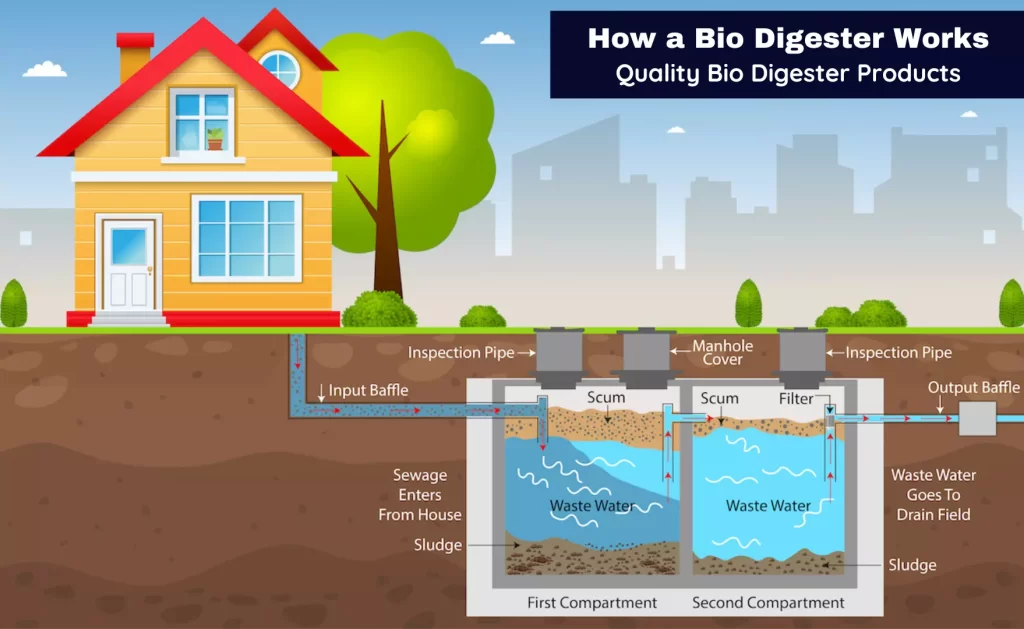


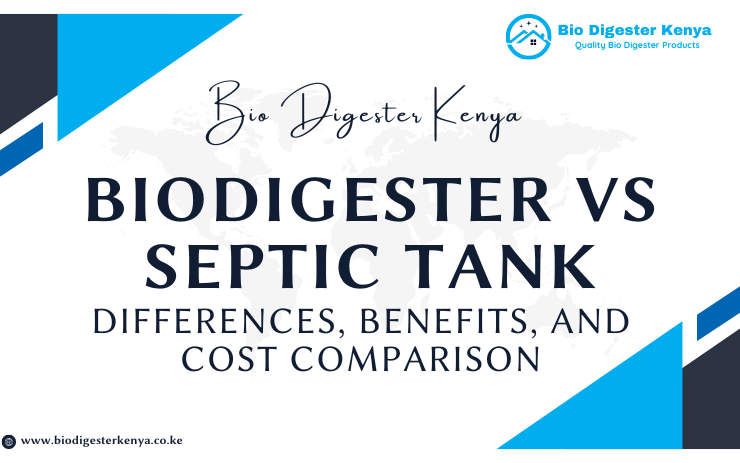
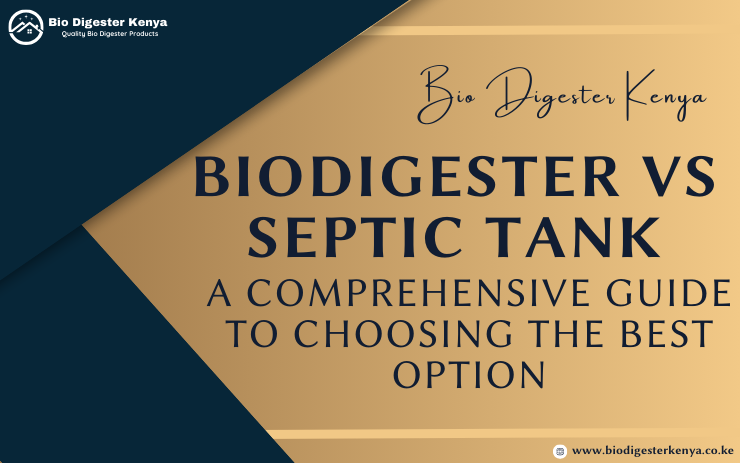
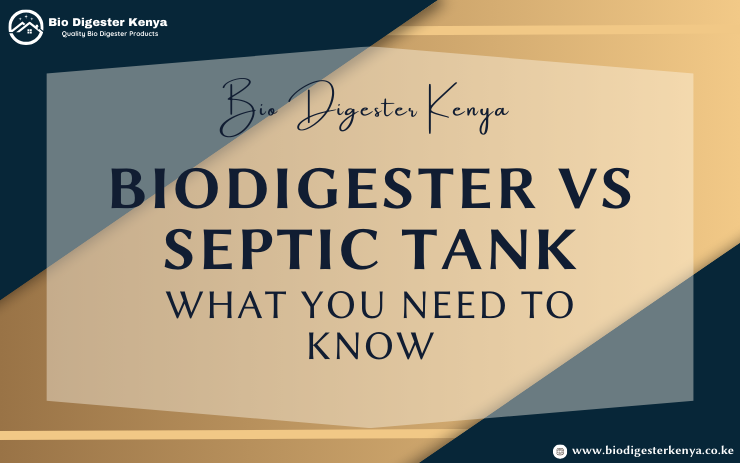
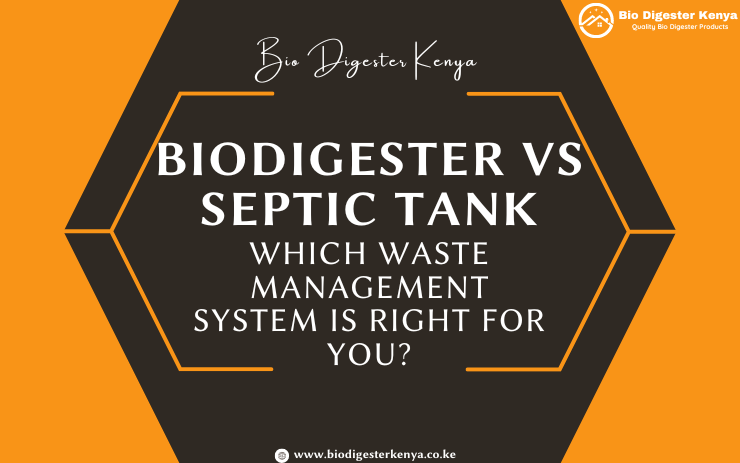





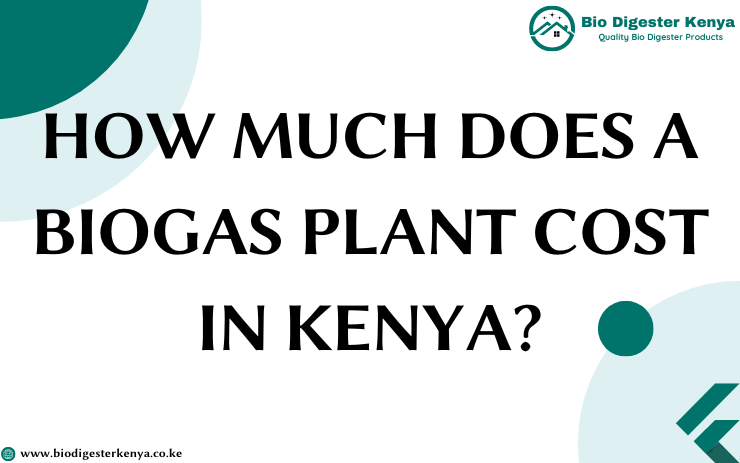
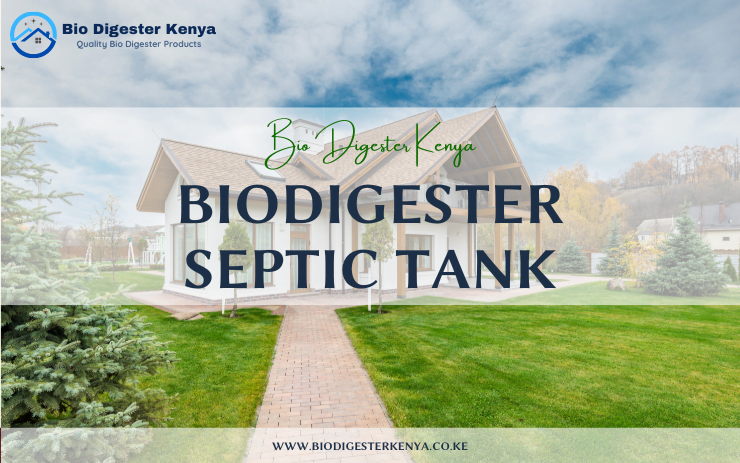
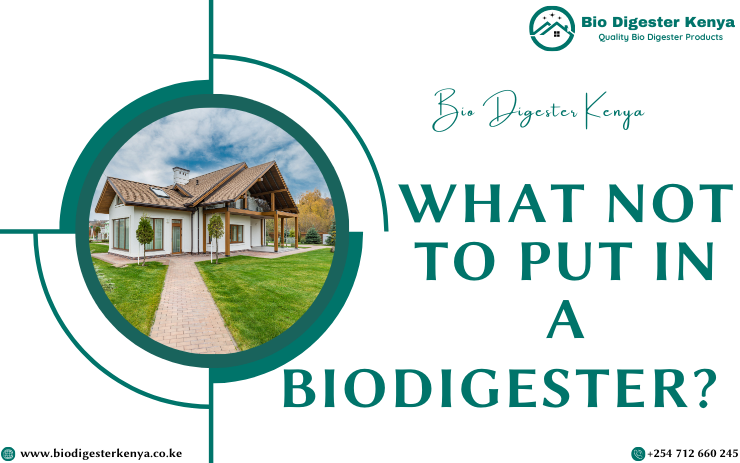





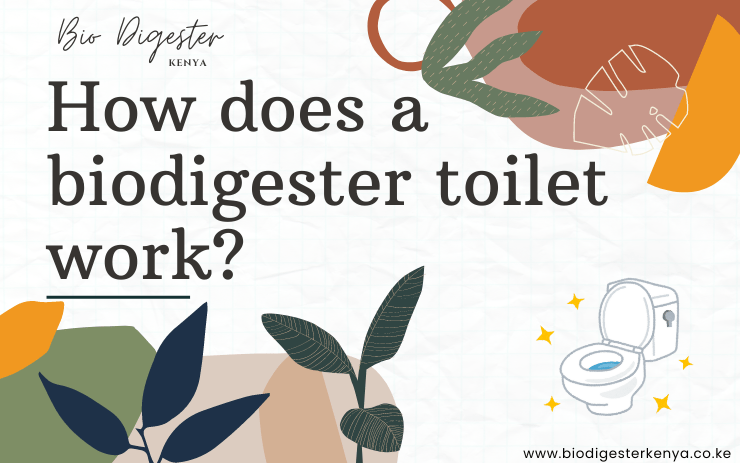




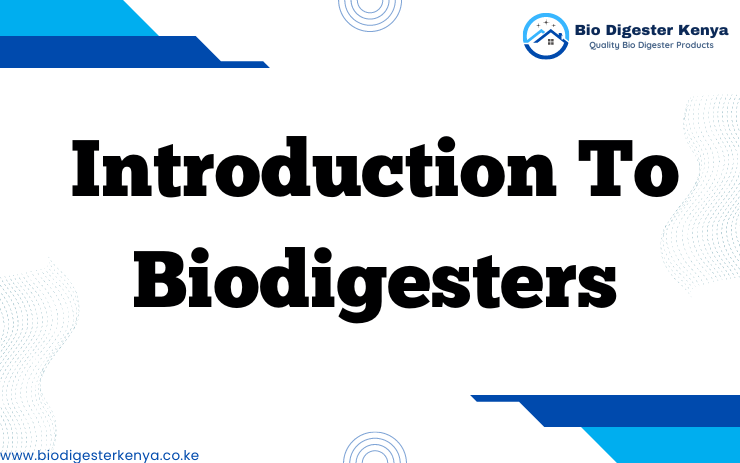


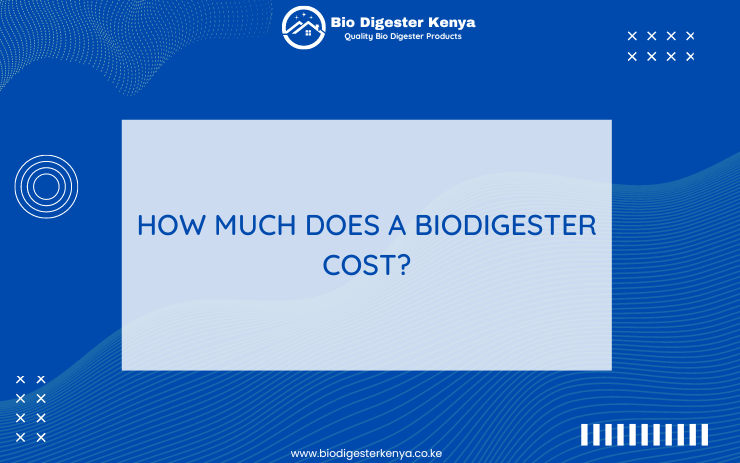

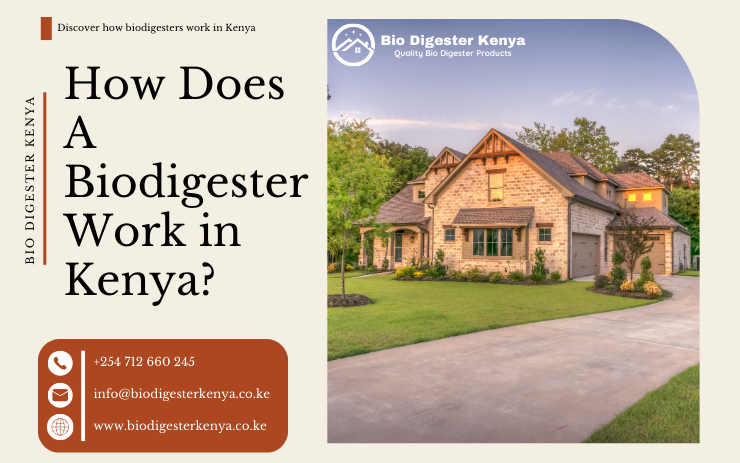

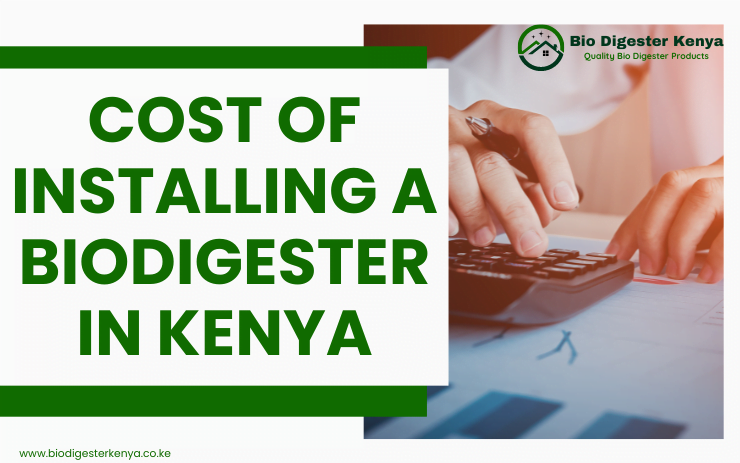



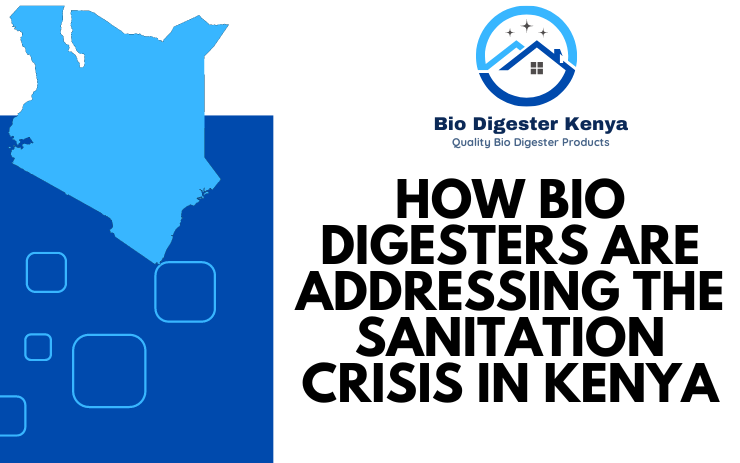
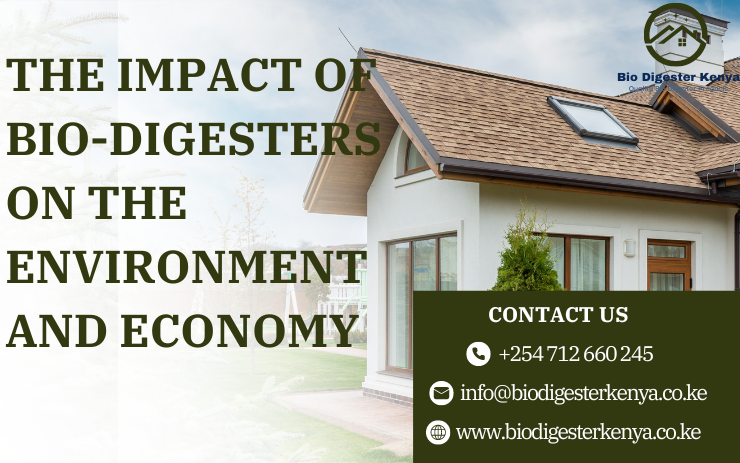
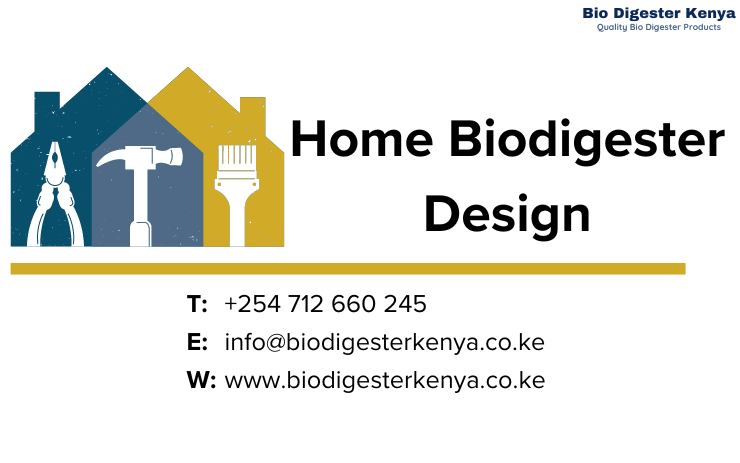
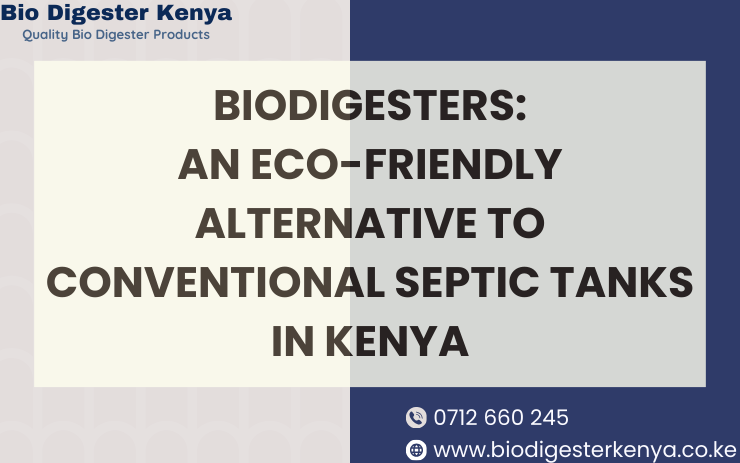
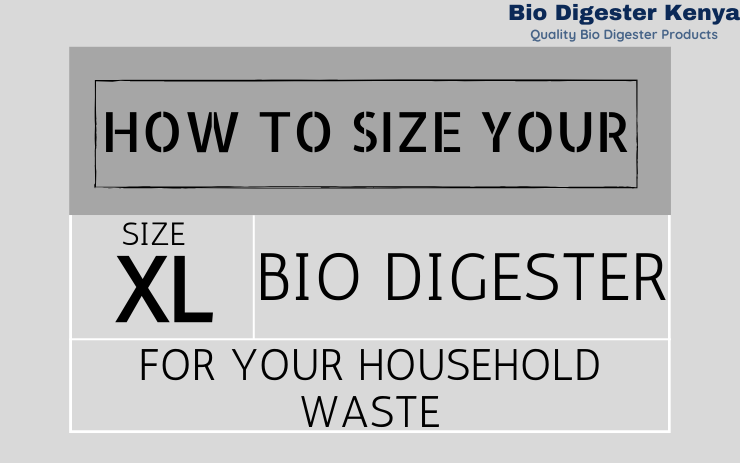
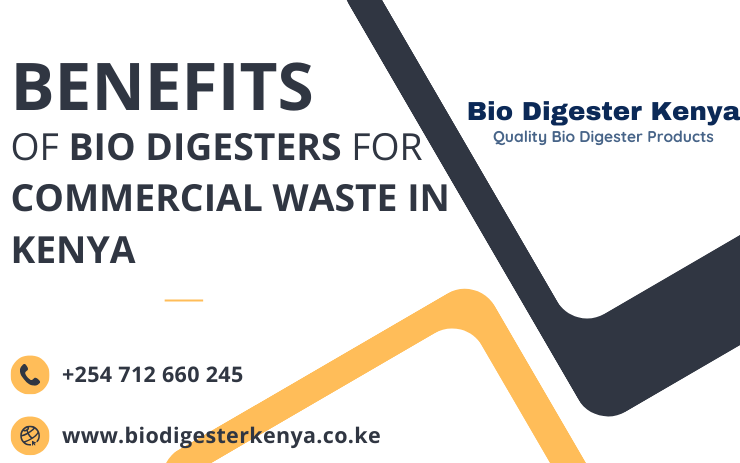

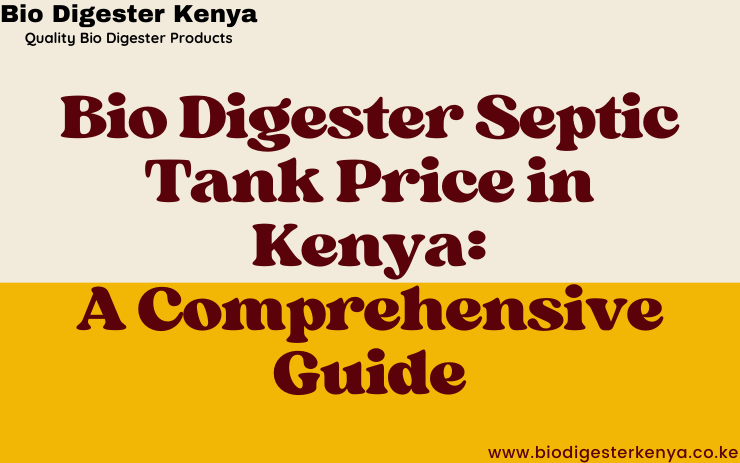
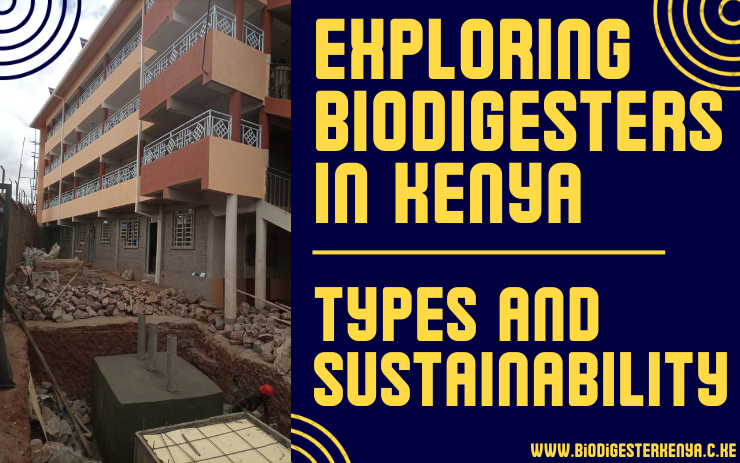
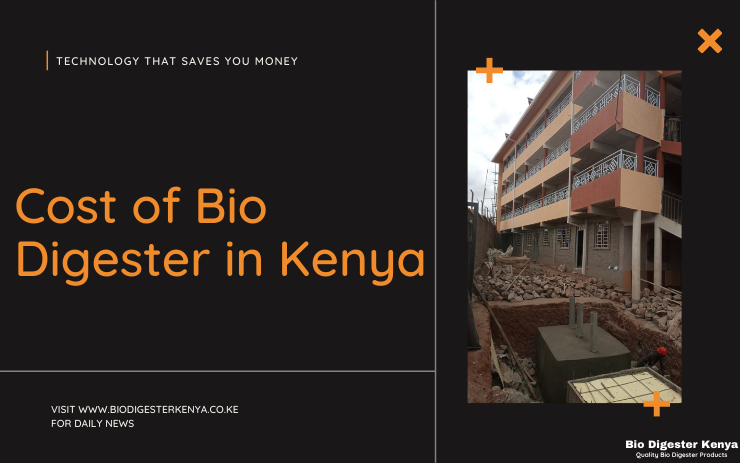

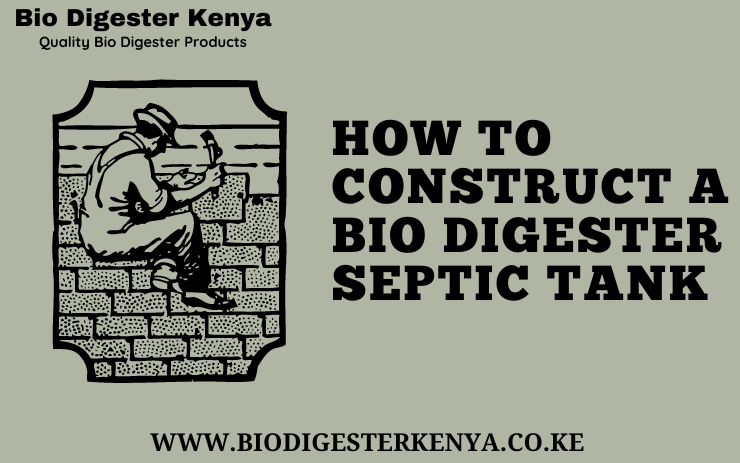



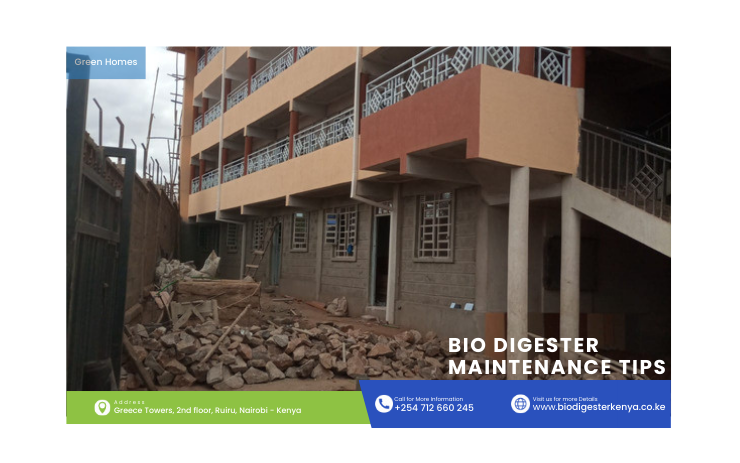
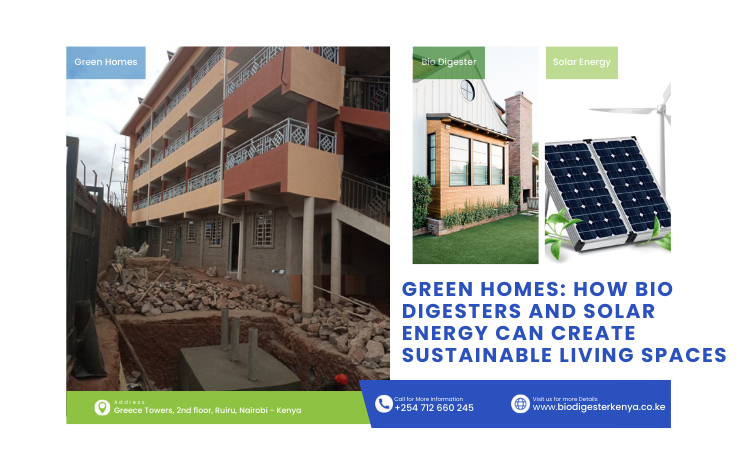
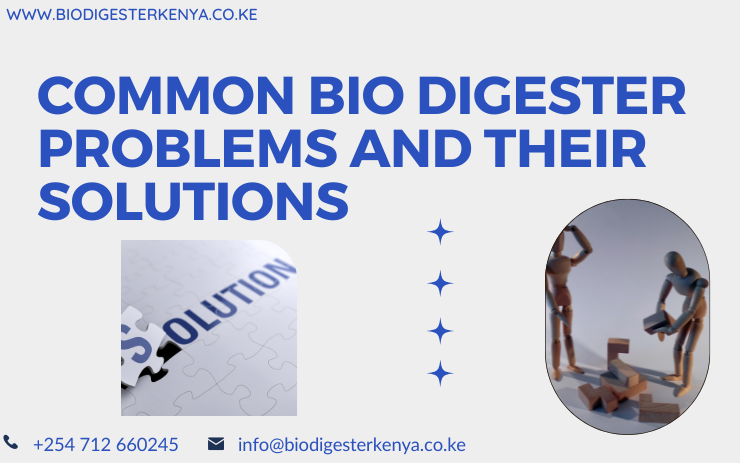
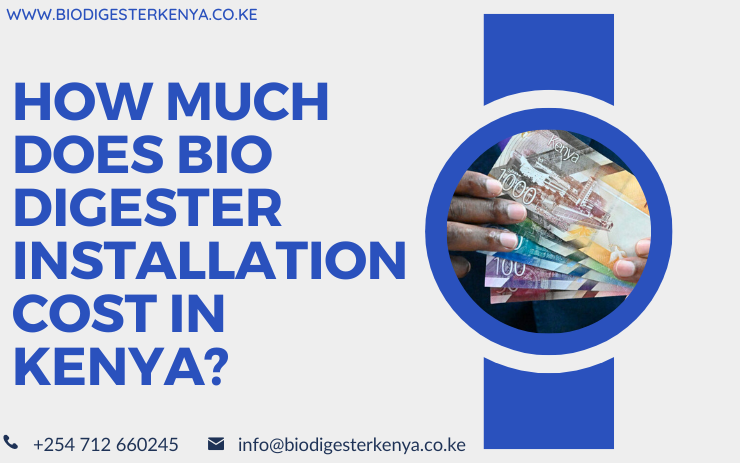
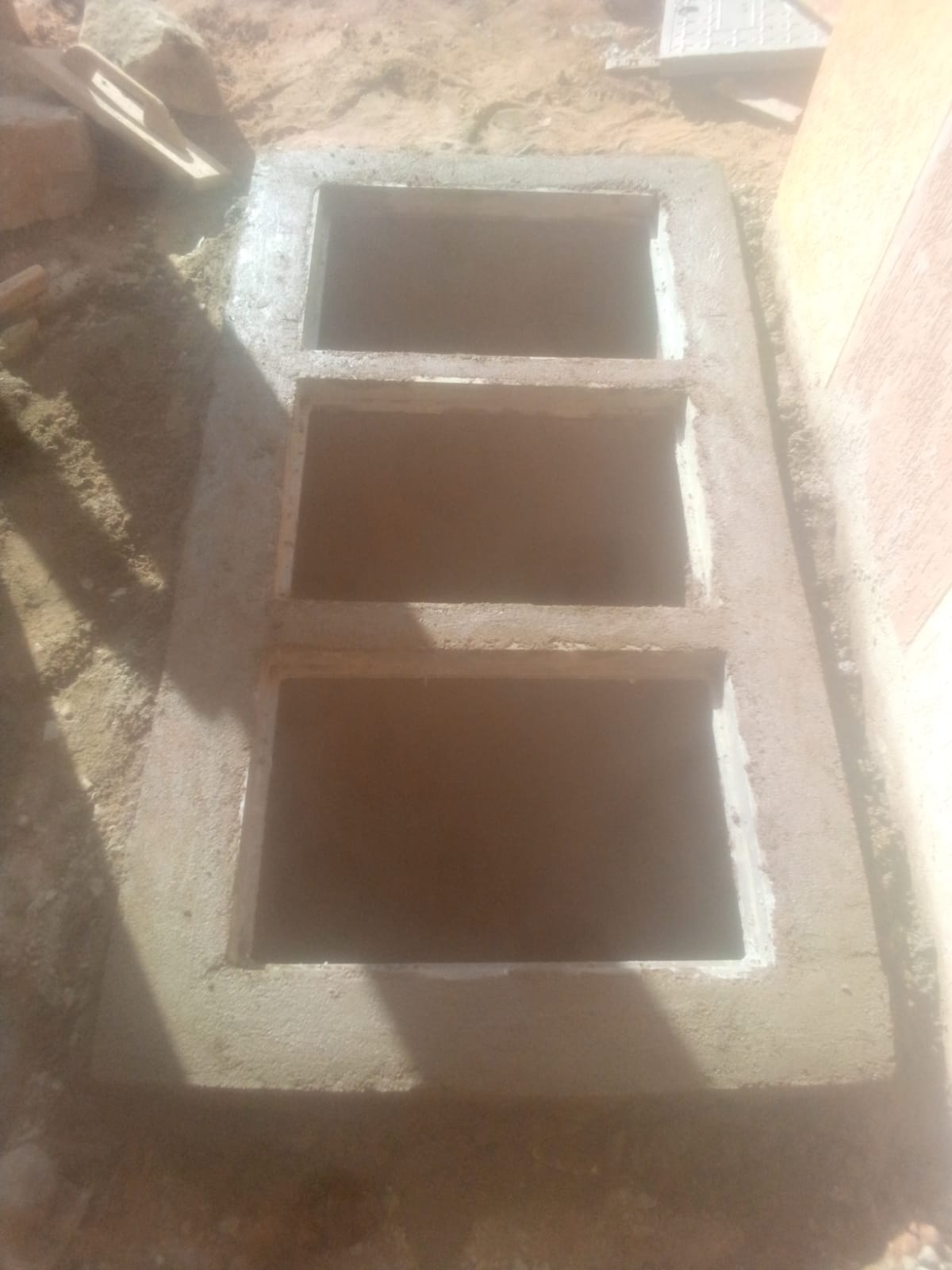

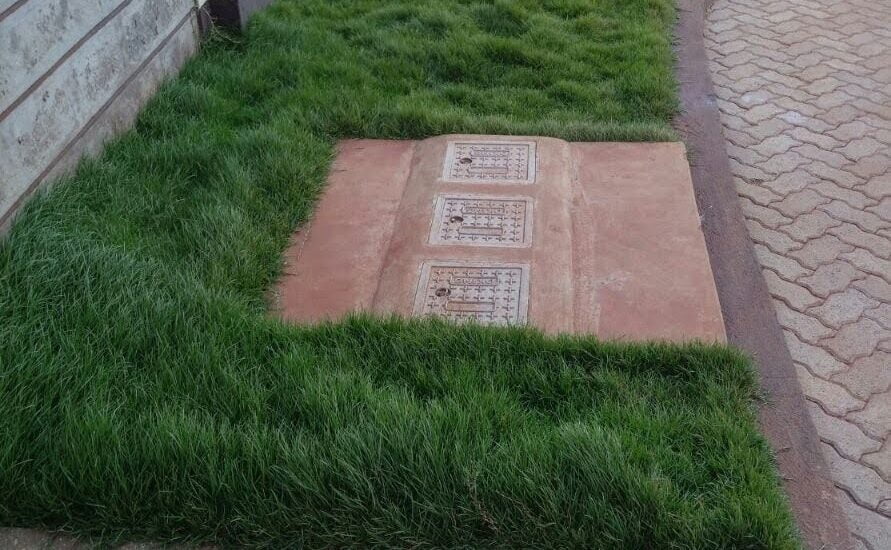




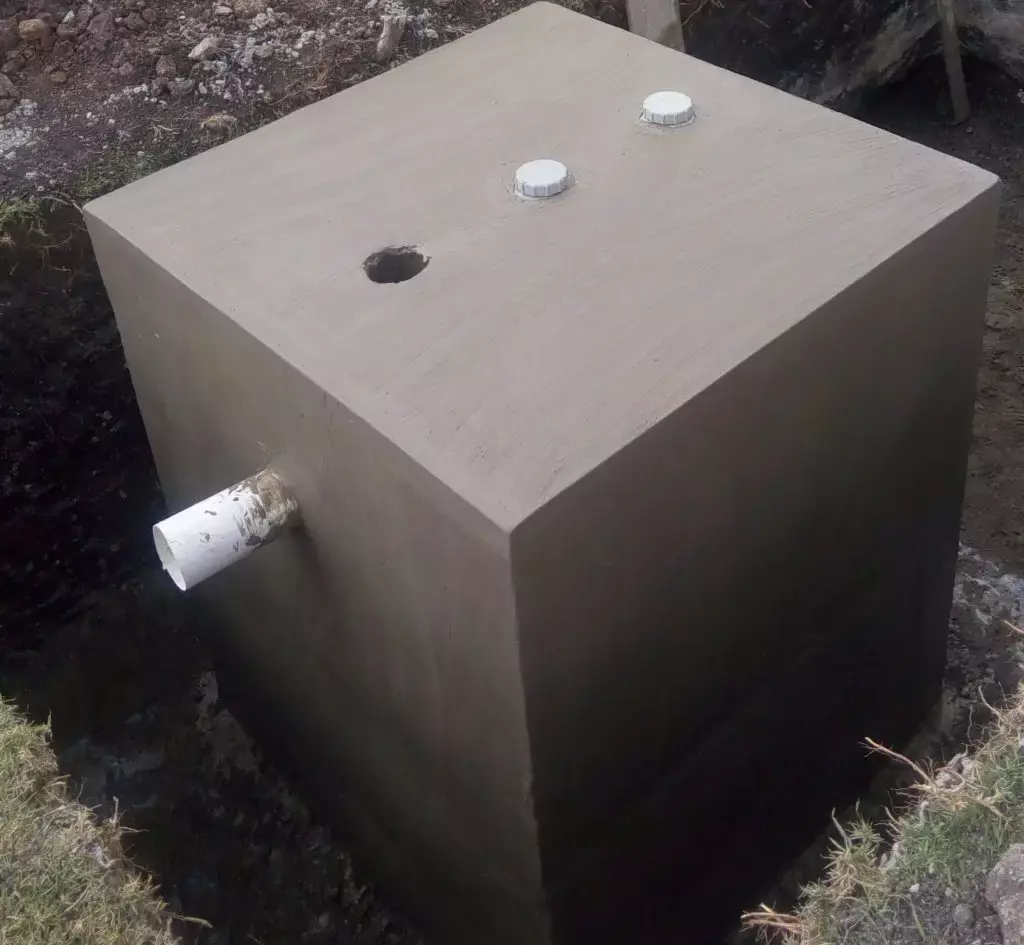
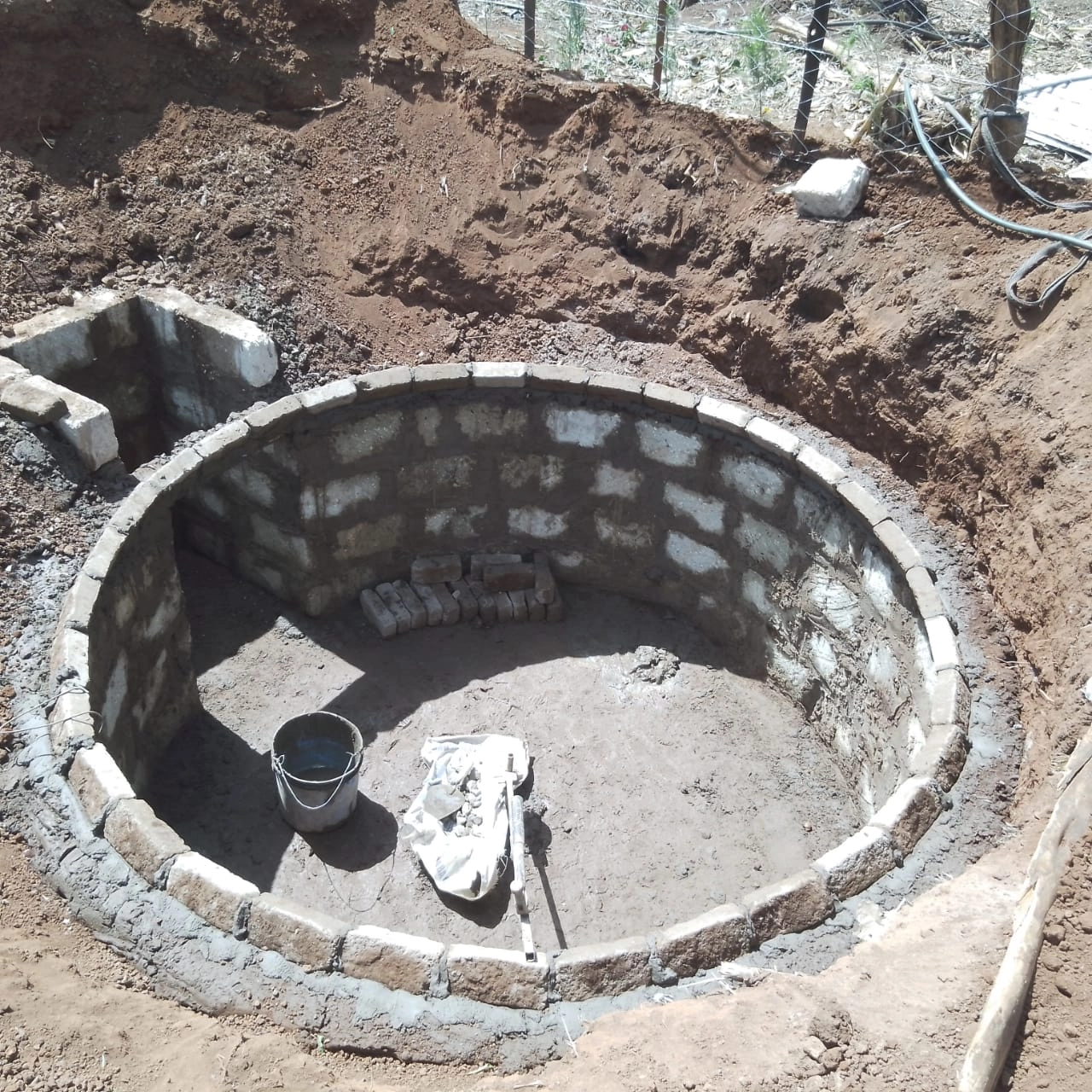
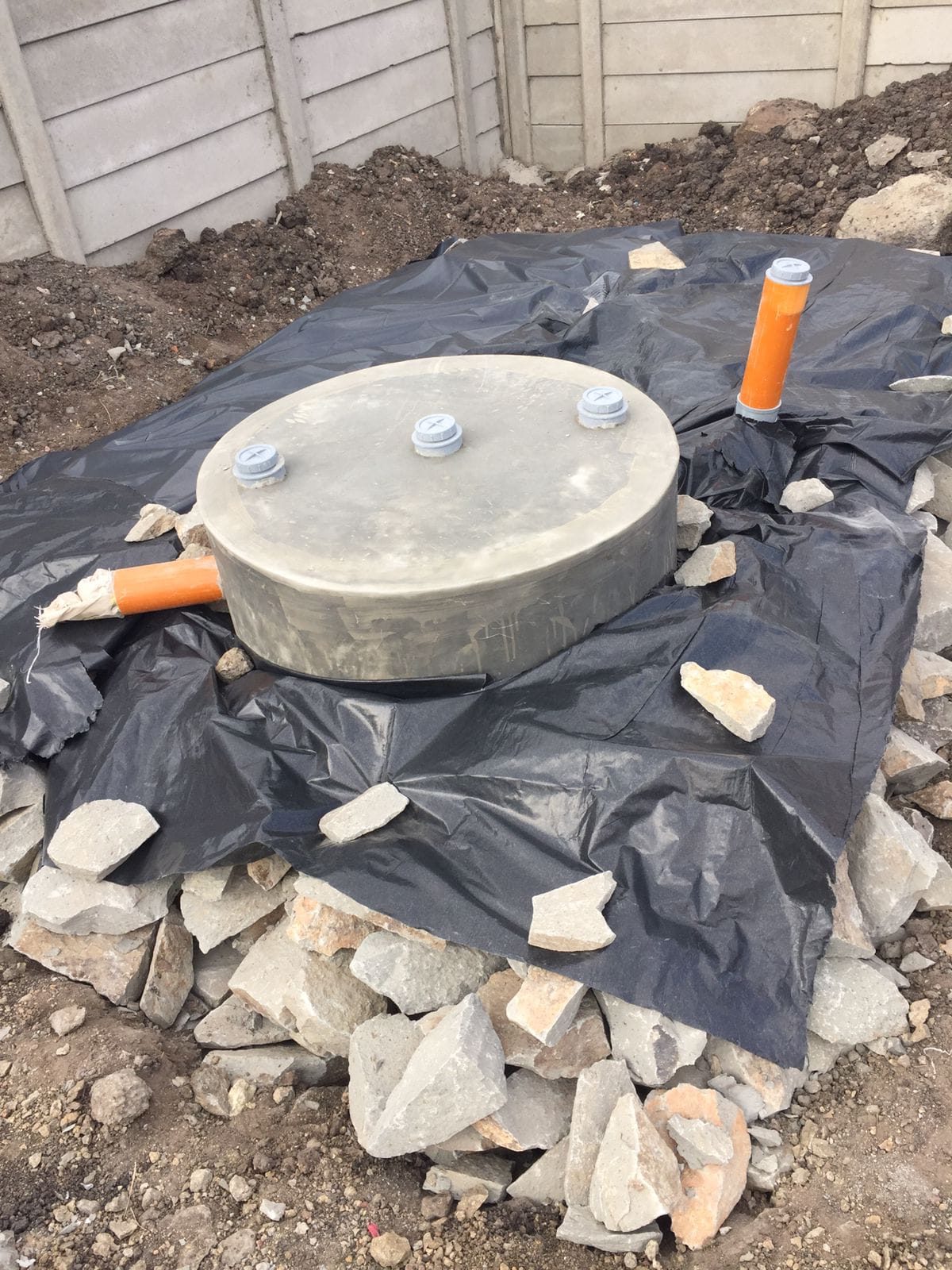
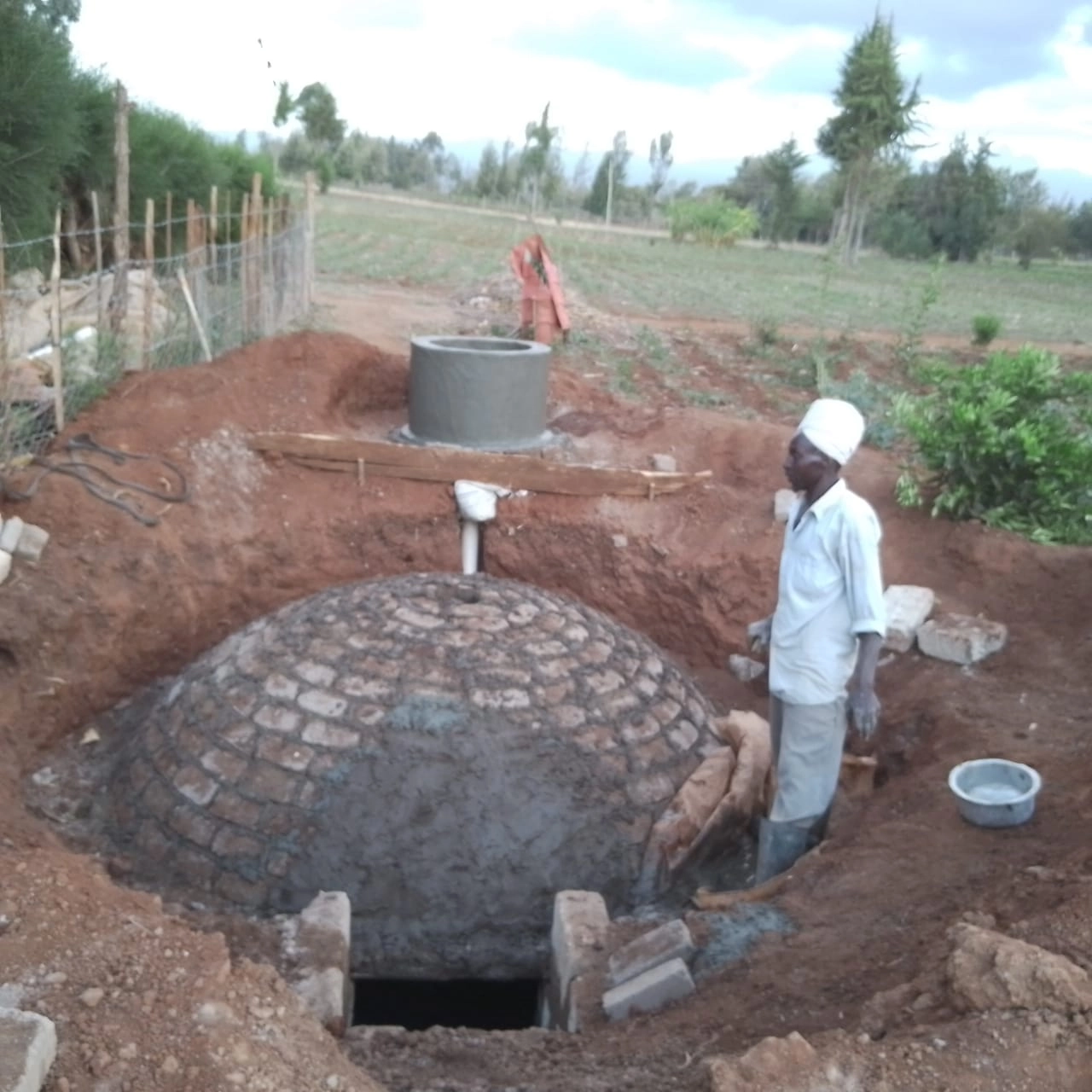
George
July 25, 2024 at 12:26 pmHi. How many people can. 3 cubic Biodigester toilet take care of?
Bio Digester KE
July 25, 2024 at 1:48 pm3m³ can serve up to 150 users